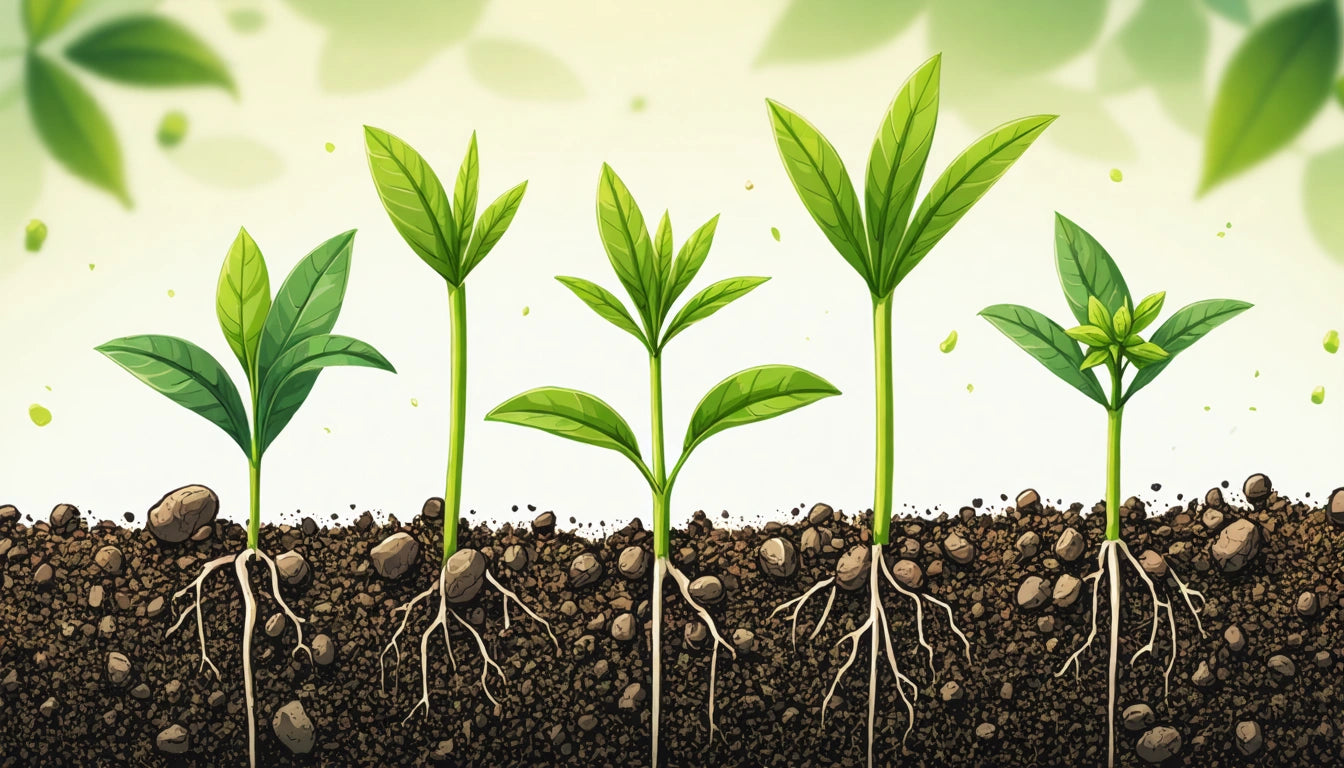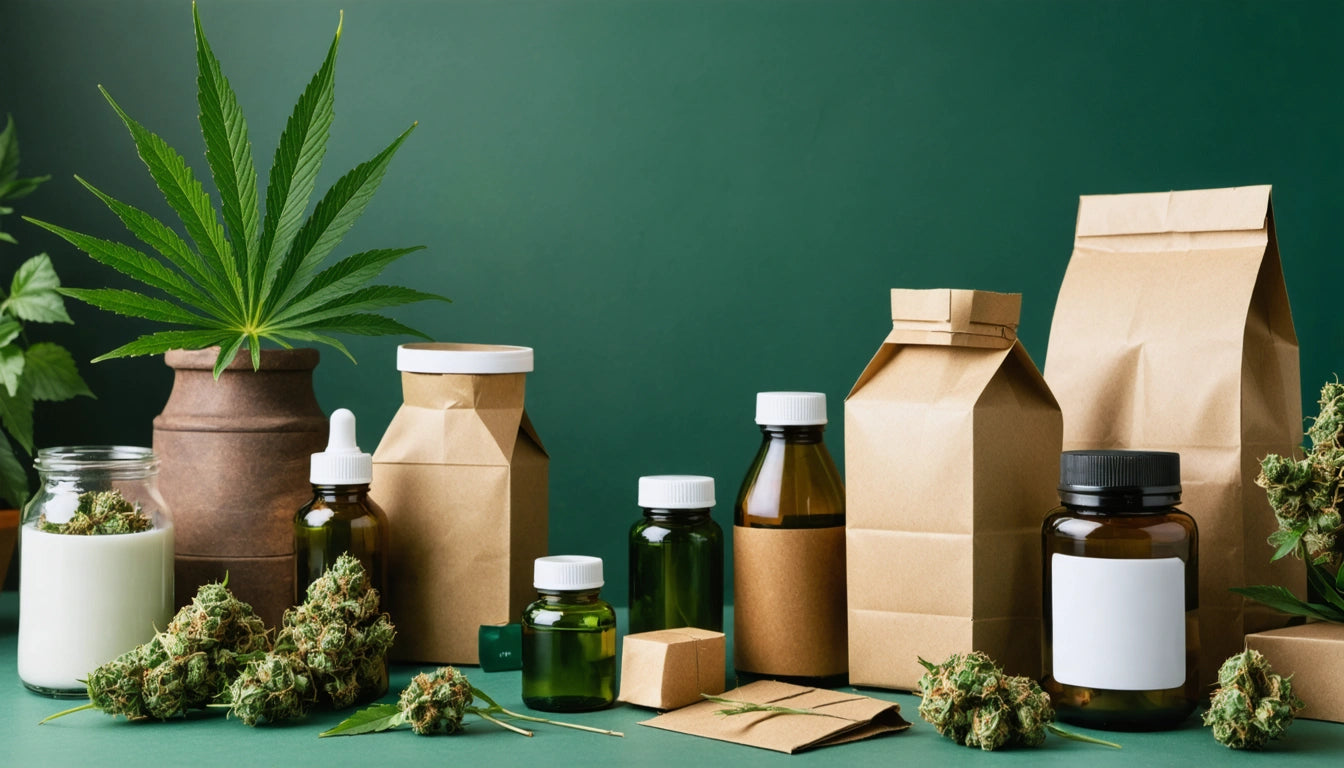Table of Contents
- Preparing for Planting: Essential Materials and Environment
- Germination Basics: From Seed to Sprout
- Planting Weed Seedlings: Step-by-Step Process
- Watering Techniques for Delicate Seedlings
- Lighting Requirements for Optimal Growth
- Common Problems and Troubleshooting
- Next Steps: Transitioning to Vegetative Growth
Guide to Planting and Caring for Weed Seedlings
Successfully growing cannabis begins with proper seedling care. This crucial early stage sets the foundation for healthy plants and abundant harvests. Whether you're a first-time grower or looking to refine your technique, understanding how to plant weed seedlings correctly and provide optimal care will significantly impact your results.
Preparing for Planting: Essential Materials and Environment
Before planting your cannabis seedlings, gather all necessary supplies to ensure a smooth process. Quality preparation minimizes stress on delicate young plants and promotes vigorous growth from the start.
Essential Growing Medium
Choose a light, aerated growing medium for your seedlings. A quality seed-starting mix or a light potting soil works well. Avoid heavy garden soils that can compact and restrict root development. For best results, consider these options:
- Seed-starting mix (low in nutrients, ideal for germination)
- Coco coir (excellent drainage and aeration)
- Light potting soil with perlite (for improved drainage)
- Rockwool cubes (for hydroponic setups)
If mixing your own soil, ensure proper sterilization to prevent pathogens that can harm vulnerable seedlings. This comprehensive guide provides detailed information on soil preparation techniques.
Containers and Storage
Small containers between 2-4 inches in diameter provide the ideal environment for seedlings. Options include:
- Seedling trays with individual cells
- Small plastic pots
- Biodegradable peat pots
- Solo cups with drainage holes
For storing seeds and maintaining seedling humidity, proper containers with secure lids are essential. Many growers use specialized containers with secure, airtight lids for preserving seed viability before planting, which helps maintain optimal moisture levels and prevents contamination.
Germination Basics: From Seed to Sprout
Before learning how to plant weed seedlings, you must first germinate your seeds. Proper germination techniques significantly impact seedling vigor and overall plant health.
The paper towel method is popular for its simplicity and effectiveness:
- Place seeds between damp paper towels
- Store in a warm, dark place (70-85 °F)
- Check daily for taproot emergence (typically 2-7 days)
- Once the taproot reaches 1/4 to 1/2 inch, the seed is ready for planting
Alternatively, you can germinate directly in soil or starter cubes, which eliminates the transplant shock that can occur when moving sprouted seeds to soil.
Planting Weed Seedlings: Step-by-Step Process
Learning how to plant weed seeds in soil properly is fundamental to successful cultivation. Follow these steps for optimal results:
Step 1: Prepare Your Containers
Fill your chosen containers with pre-moistened growing medium, leaving about 1/4 inch from the top. Create a small depression in the center, approximately 1/4 to 1/2 inch deep.
Step 2: Place the Germinated Seed
Carefully place the germinated seed into the depression with the taproot pointing downward. Handle the seed with tweezers or clean fingers, being extremely gentle with the fragile taproot.
Step 3: Cover Lightly
Cover the seed with a thin layer of growing medium, just enough to block light but not so much that the seedling struggles to emerge. The ideal depth is about 1/4 inch.
Step 4: Water Gently
Moisten the soil using a spray bottle or gentle watering method that won't disturb the seed. The soil should be damp but not saturated.
Step 5: Provide Proper Environment
Place the containers in a warm location (70-80 °F) with high humidity (around 70%). Many growers use humidity domes or plastic wrap to maintain moisture levels.
For more detailed guidance on the entire process from seed to harvest, this step-by-step guide provides comprehensive information.
Watering Techniques for Delicate Seedlings
Proper watering is critical when learning how to care for weed seedlings. Young cannabis plants have undeveloped root systems that are sensitive to both overwatering and underwatering.
Watering Best Practices
- Use room-temperature water (60-70 °F)
- Water when the top 1/4 inch of soil feels dry
- Apply water in a circular pattern around the seedling, not directly on the stem
- Ensure containers have proper drainage
- Consider bottom watering to encourage root growth downward
For the first week after planting, maintain consistent moisture using a spray bottle to avoid disturbing the delicate seedling. As roots develop, gradually increase the amount of water while decreasing frequency.
Lighting Requirements for Optimal Growth
Proper lighting is essential for healthy seedling development. Cannabis seedlings prefer gentle light initially, with intensity increasing as they develop.
Light Intensity and Duration
For the first 2-3 days after emergence, seedlings benefit from moderate light. Place them:
- Under fluorescent lights at 6-12 inches distance
- Under LED grow lights at manufacturer-recommended seedling height (typically 18-24 inches)
- Near a sunny window (but not in direct, intense sunlight)
Provide 18-24 hours of light daily during the seedling stage. Many growers use 18 hours on and 6 hours off to establish a healthy rhythm while conserving energy.
As seedlings develop their first true leaves (after the initial cotyledons), gradually increase light intensity by lowering lights or moving seedlings to brighter locations. This beginner's guide offers additional information on lighting schedules and requirements.
Common Problems and Troubleshooting
Even with careful attention, seedlings may encounter issues. Identifying and addressing problems quickly is essential for recovery.
Common Seedling Issues
- Damping off: Fungal disease causing stem collapse at soil level. Prevent with proper air circulation and avoid overwatering.
- Stretching: Excessive distance between nodes indicates insufficient light. Move lights closer or increase intensity.
- Yellow leaves: Often indicates overwatering or nutrient issues. Reduce watering frequency and hold off on nutrients until plants show 3-4 sets of leaves.
- Curling leaves: May signal heat stress, light burn, or improper pH. Check environmental conditions and adjust accordingly.
For outdoor growers, additional challenges include temperature fluctuations and pests. This outdoor growing guide addresses these specific concerns.
Next Steps: Transitioning to Vegetative Growth
As your seedlings develop 3-4 sets of true leaves (typically 2-3 weeks after planting), they're ready to transition from the seedling stage to vegetative growth. This transition requires adjustments to their care regimen.
Transplanting Considerations
When seedlings outgrow their initial containers, transplant them to larger pots to prevent becoming rootbound. Signs that seedlings are ready for transplanting include:
- Roots visible through drainage holes
- Healthy development of 3-4 sets of leaves
- Seedlings appearing too large for their current containers
When transplanting, handle plants by the root ball or soil mass, never by the stem. Water thoroughly after transplanting to help roots establish in their new environment.
As plants enter the vegetative stage, they'll require adjusted watering schedules, increased nutrients, and potentially different light spectrums. This natural growing guide provides detailed information on supporting plants through their entire life cycle.
With proper care during the critical seedling stage, your cannabis plants will develop strong root systems and healthy structures that support robust growth and eventually, abundant harvests. The attention and care you provide during these early weeks lay the groundwork for successful cultivation throughout the growing season.











Leave a comment
All comments are moderated before being published.
This site is protected by hCaptcha and the hCaptcha Privacy Policy and Terms of Service apply.